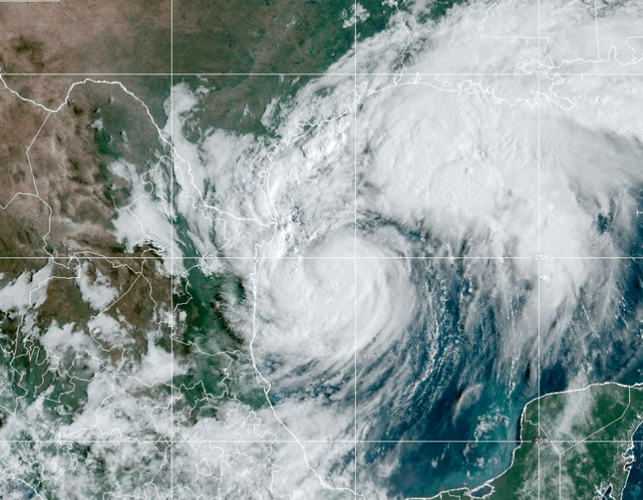 NEW ORLEANS (September 24, 2020) – The COVID-19 pandemic had little effect on the total student census here this fall, which at 1,215 students declined less than 1 percent from fall 2019 and increased nearly 3 percent from spring, according to officials.
NEW ORLEANS (September 24, 2020) – The COVID-19 pandemic had little effect on the total student census here this fall, which at 1,215 students declined less than 1 percent from fall 2019 and increased nearly 3 percent from spring, according to officials.
Student enrollment data provided by Jacques Detiege, director of assessment and analysis for the Office of Institutional Research and Effectiveness, said the fall 2020 student population is down by 11 students from the 1,226 reported in fall 2019 and up by 35 students when compared with the spring 2020 census.
Of the total enrollment, only 12 percent (146 students) registered for only distance-learning courses.
Students had the option to choose from 483 course sections for fall 2020. Hybrid courses accounted for 47 percent (227 courses) and fully online courses through Dillard University accounted for 44 percent (212 courses). Students also could have taken another 44 courses offered through a consortium agreement with other CIC institutions.
As has become typical, students identifying as female outnumber the male population 3-to-1, with 77 percent, or 937, students compared with 23 percent male (278 students).
More than half of students (52 percent or 637) are from Louisiana. The next-highest populations are, in order, from California, Texas, Illinois and Tennessee. Some 12 percent (150) are from California, and 11 percent (192) are from Texas. Illinois and Tennessee each had 4 percent (11 students).
When it comes to majors, biology has remained the No.1 major for the past three years. The top five majors are biology, nursing, criminal justice, business administration and psychology, in that order.
Biology has 14 percent of students (170) while Nursing has 11 percent (132). The other three majors have enrollments totaling 9 percent each.
The College of Arts and Sciences is the largest, with 75 percent (907 students enrolled. Schools include the School of Social Sciences, 322 students; School of Science, Technology, Engineering and Mathematics, or STEM, 276 students; School of Humanities, 223 students; and School of Health and Wellness, formerly the public health program, with 86.
The two smaller colleges are the College of Business and the College of Nursing, which have 12 percent (149 students) and 11 percent (132), respectively. Twenty-six students (2 percent) are have no majors listed.


























